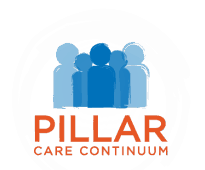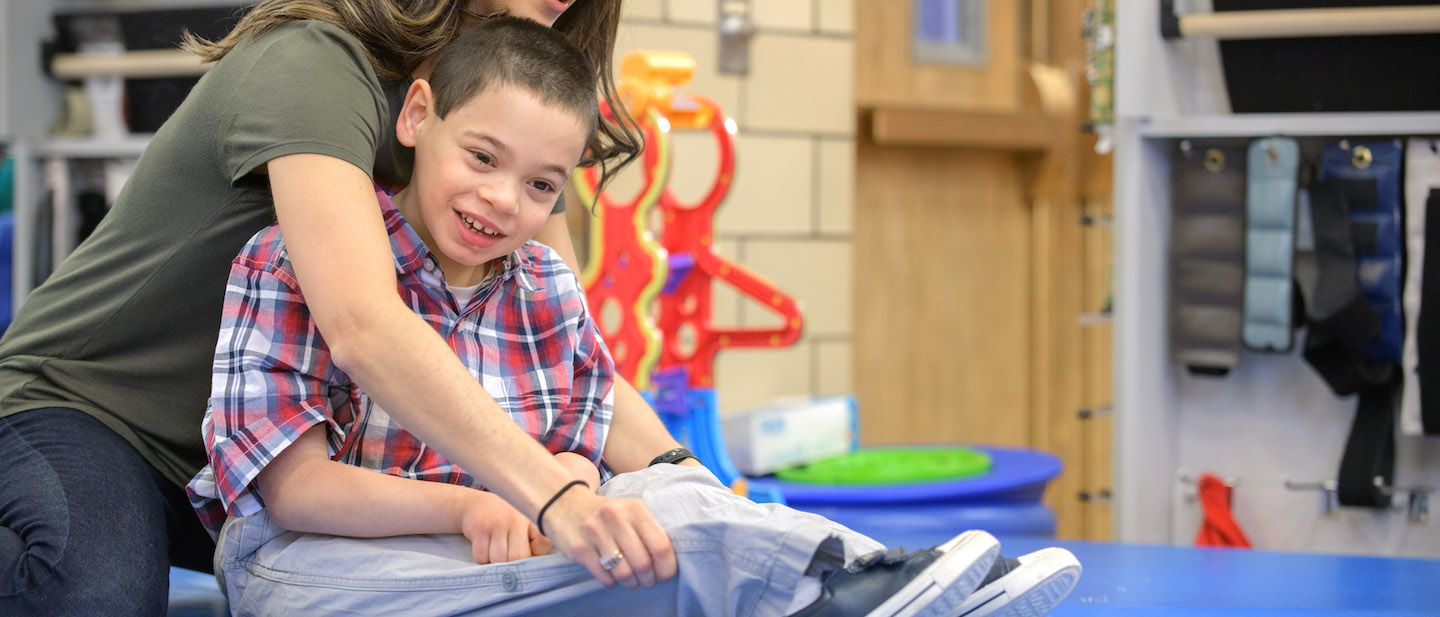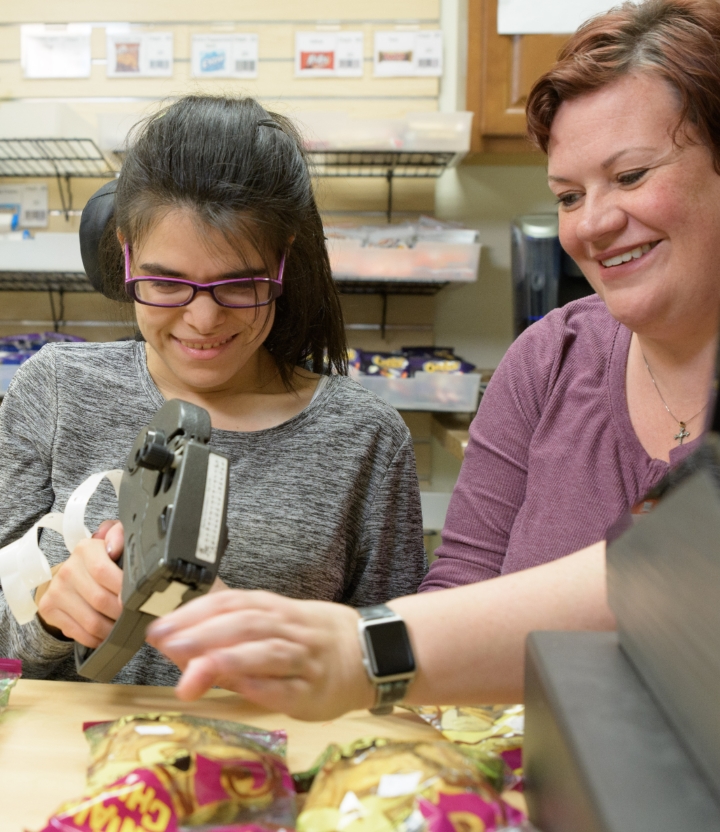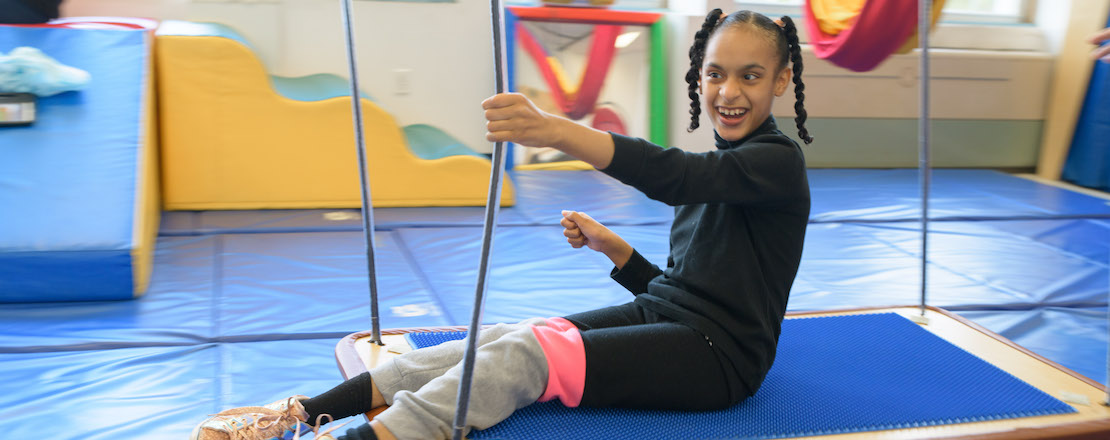Our occupational therapists (OTs) provide a variety of therapeutic interventions to facilitate students’ ability to participate in activities of daily living (occupations) at school, home and in the community.
Activities of daily living include feeding, dressing, prevocational skills, and recreation. OTs collaborate with other therapies and teachers to provide suggestions for adapting activities, to increase our students’ ability to access the curriculum and participate in activities.







